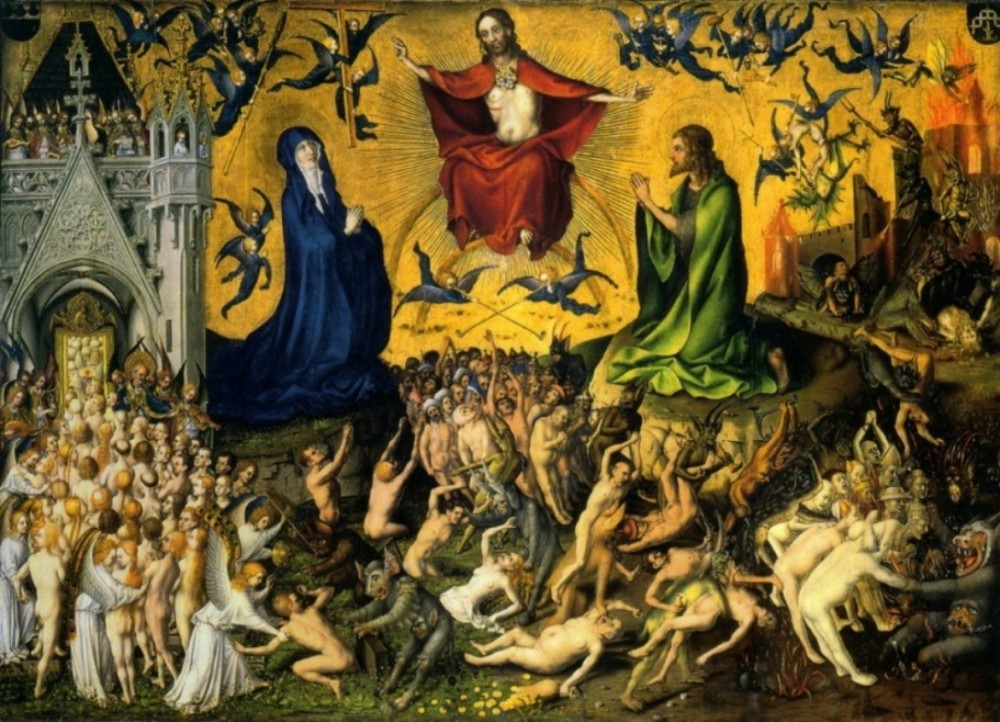
Icons of the Last Judgment were widely spread in the Orthodox lands in the 15th century. Along with the monumental multi-subject icons of the Holy Passion, they were the main com-ponents of the artistic decoration of most of the churches, the most compositionally and ideo-logically complex works of icon painting. Iconographic innovations, first, of Russian masters, in association with the culture of the Orthodox state, gained the power of conviction of the original source.Icons of the Last Judgment were most often placed on the western wall of the church above the door, to remind the parishioners once again, what was the meaning of life and what was waiting for everyone after death. The icons told about the Second Coming of Christ, salvation, and that everyone would respond before God for his or her life. They were huge in size, and their composition is one of the most difficult in iconography.Traditional iconography of church painting (the icon painting canon) was a pledge and guarantee of dogmatic conformity and true icon painting. Common stylistic features were seen first of all, in a rich joyful coloring, in the tendency to simplify classical Byzantine patterns, and in the appearing of folk features in canonic composition.To identify specific features in Ukrainian and Russian icons the content of the icons of the Last Judgment is disclosed in the paper and a comparative study of the resemblance of tradi-tional moments of the Last Judgment iconography is made.Thus, it is possible to say that certain semblance of the subject of Ukrainian and Russian icons was not a display of borrowing but mostly the evidence of the fact that both of those tra-ditions were taken from a common source — Byzantine Orthodoxy. At the same time, Russian iconographic school was characterized by considerable isolationism, it was, so to say, «stew-ing in its own juice», distancing itself from the realities of life. Instead, Ukrainian iconography earlier receded from the Byzantine canon and was characterized by the borrowing of obvious Western European elements, as well as the traces of «folk origins» of the Last Judgment sub-ject. Because of its maximum approach to the realities of Ukrainian social life, with all its prob-lems and expectations, the subject of the Last Judgment was the most acceptable form of their representation.
Source: Grygorak A. (2019) Comparative Analysis of Ukrainian and Russian Tradition of the Last Judgement Image in the 15th-18th centuries. Eminak. №2(26): 9-19
Source web-site: https://eminak.net.ua/index.php/eminak/article/view/284/121
Number of views: 2989